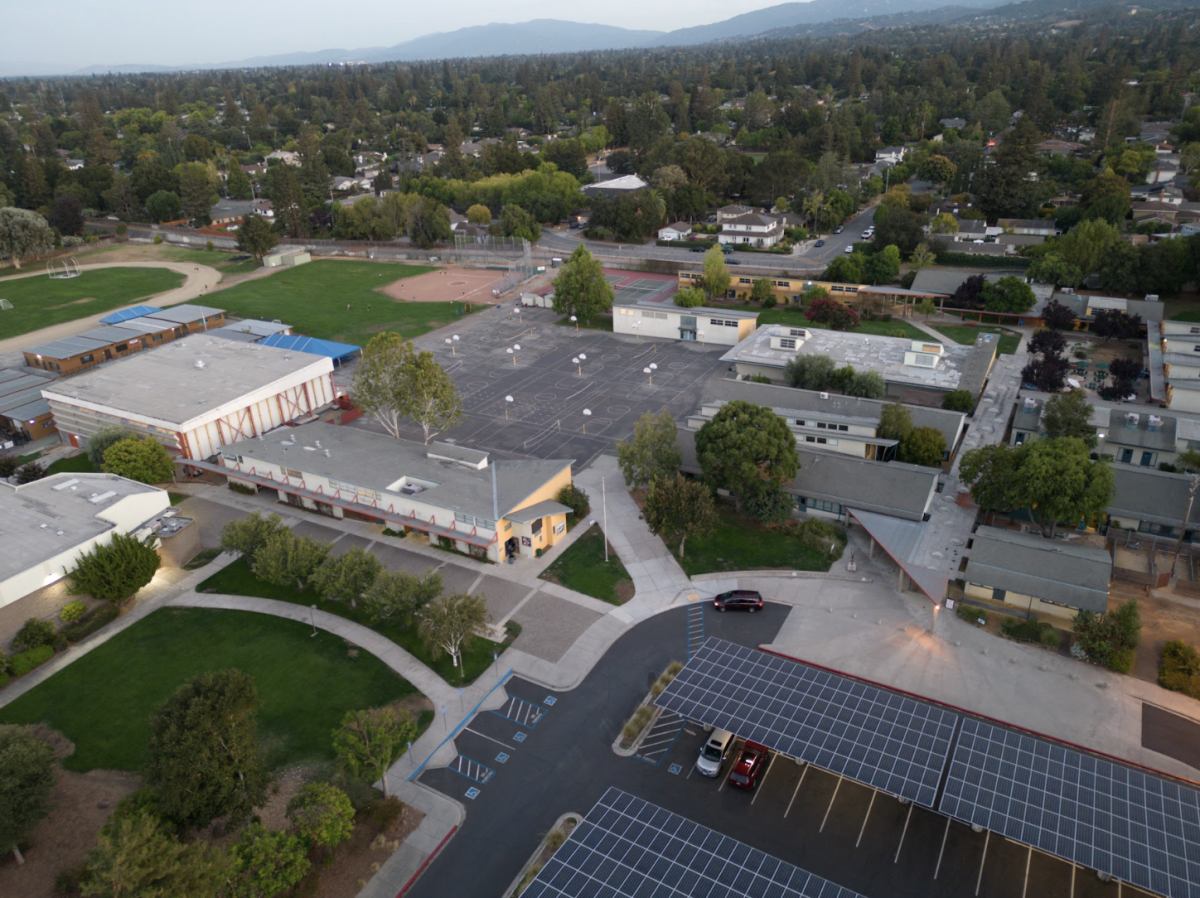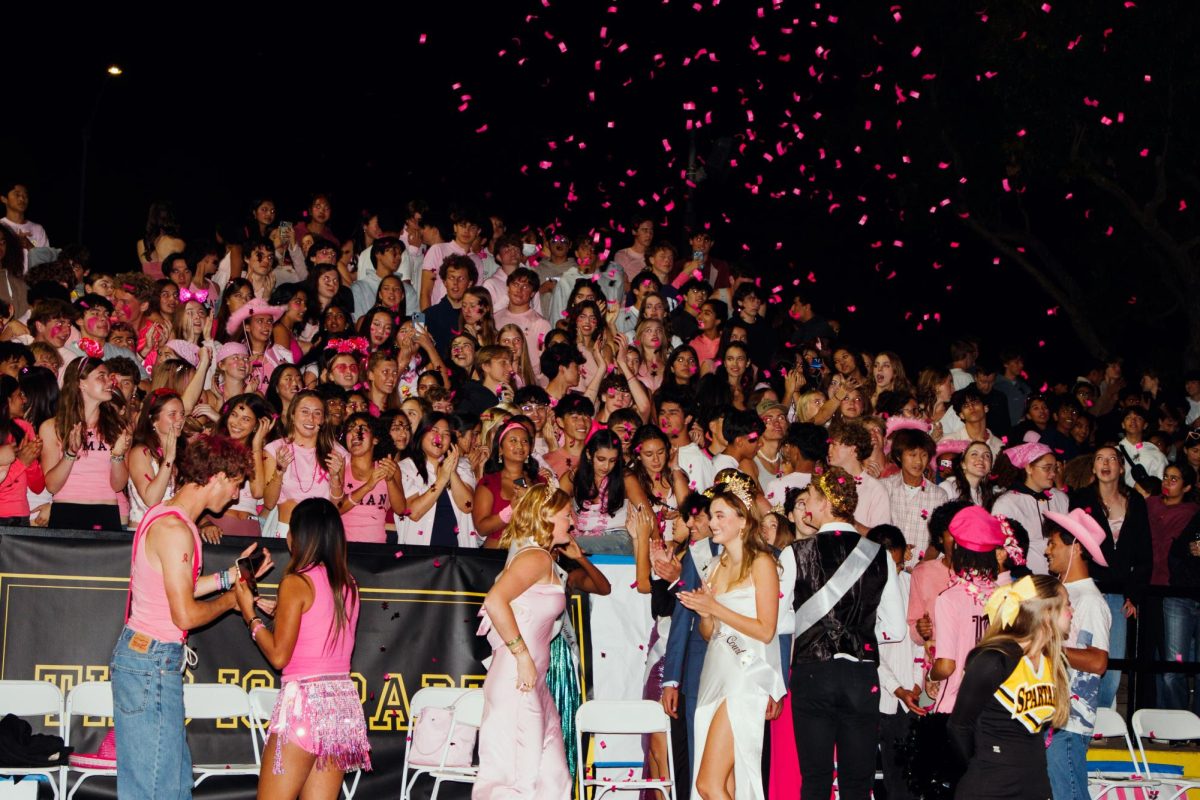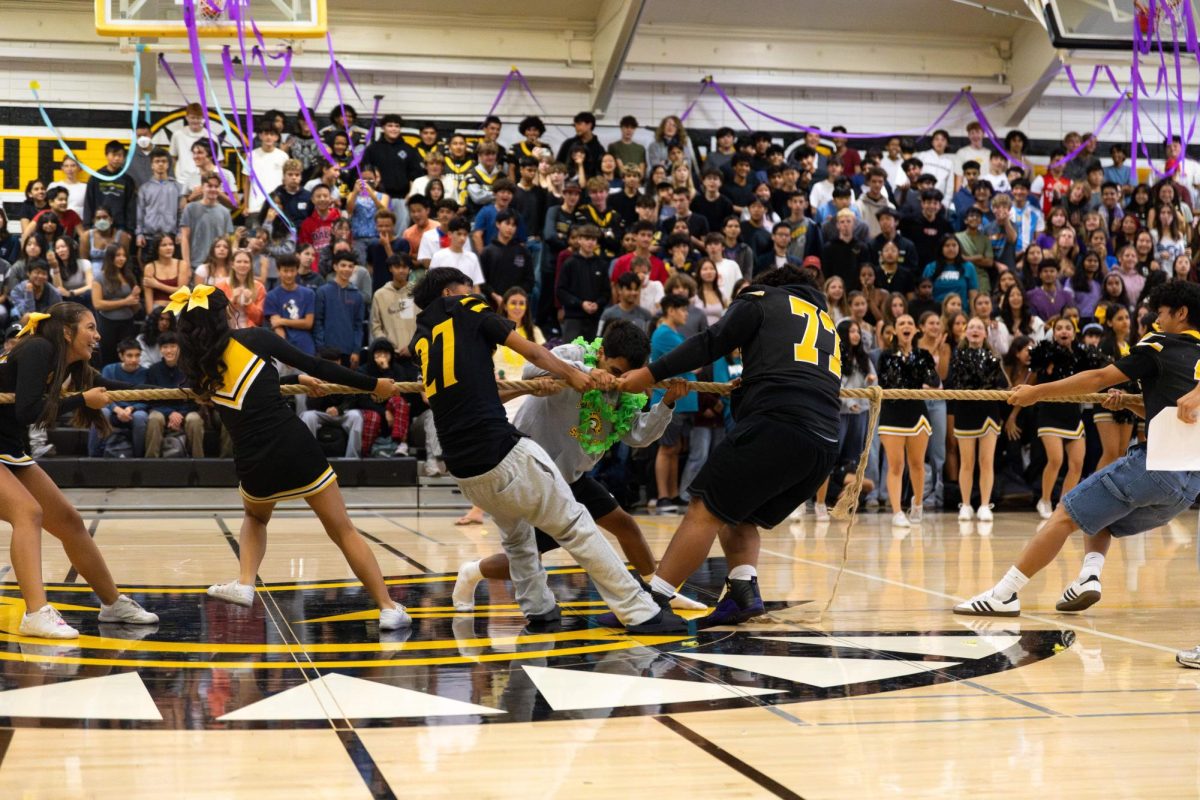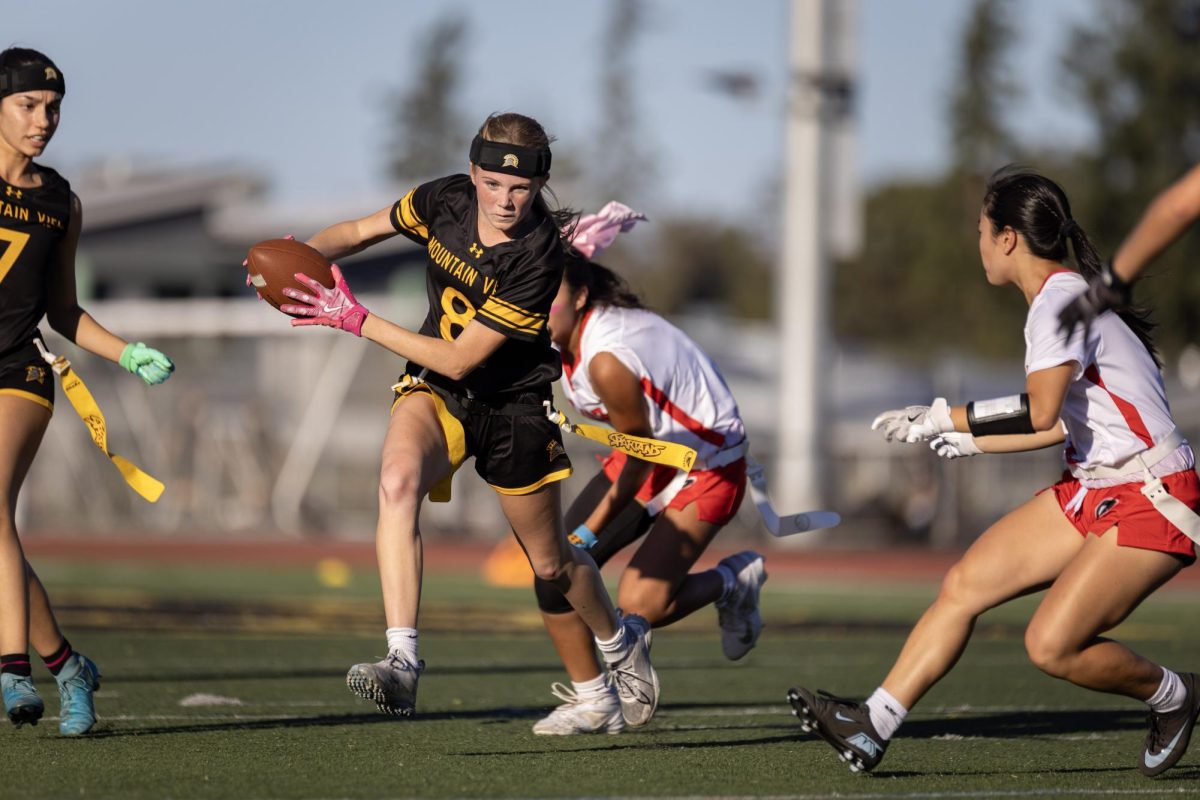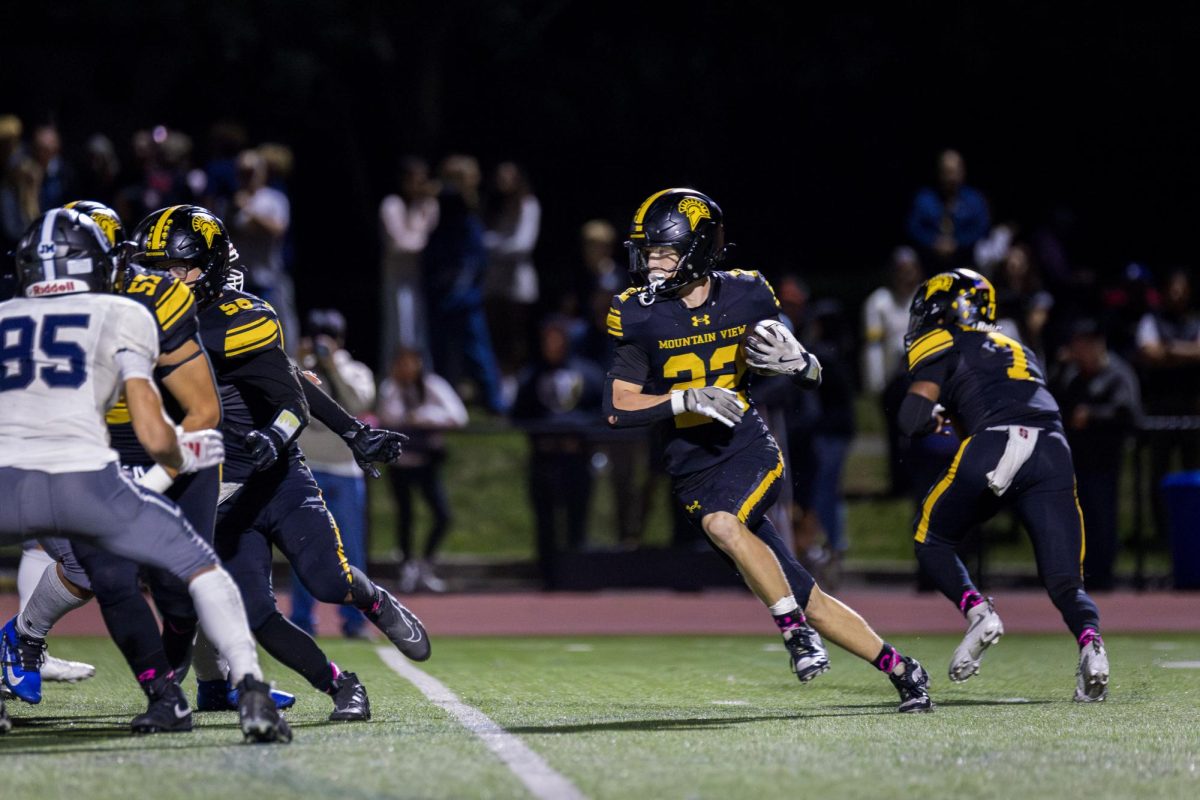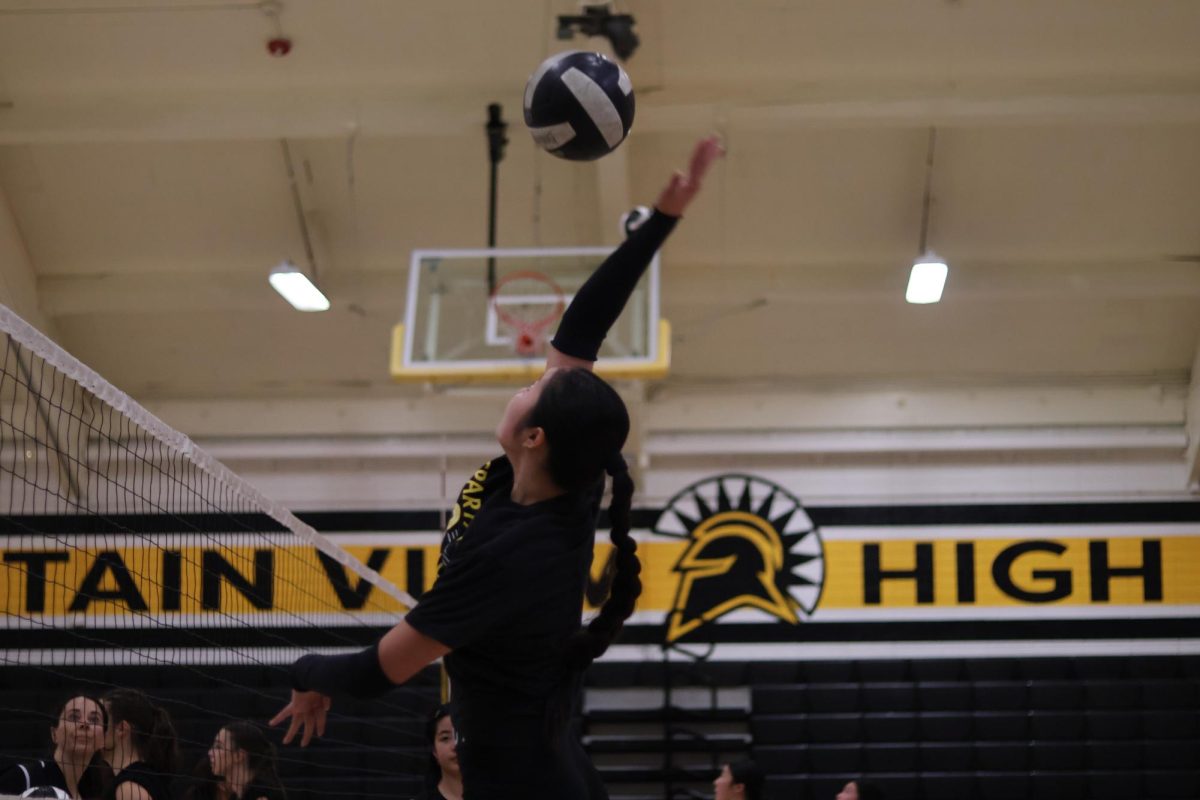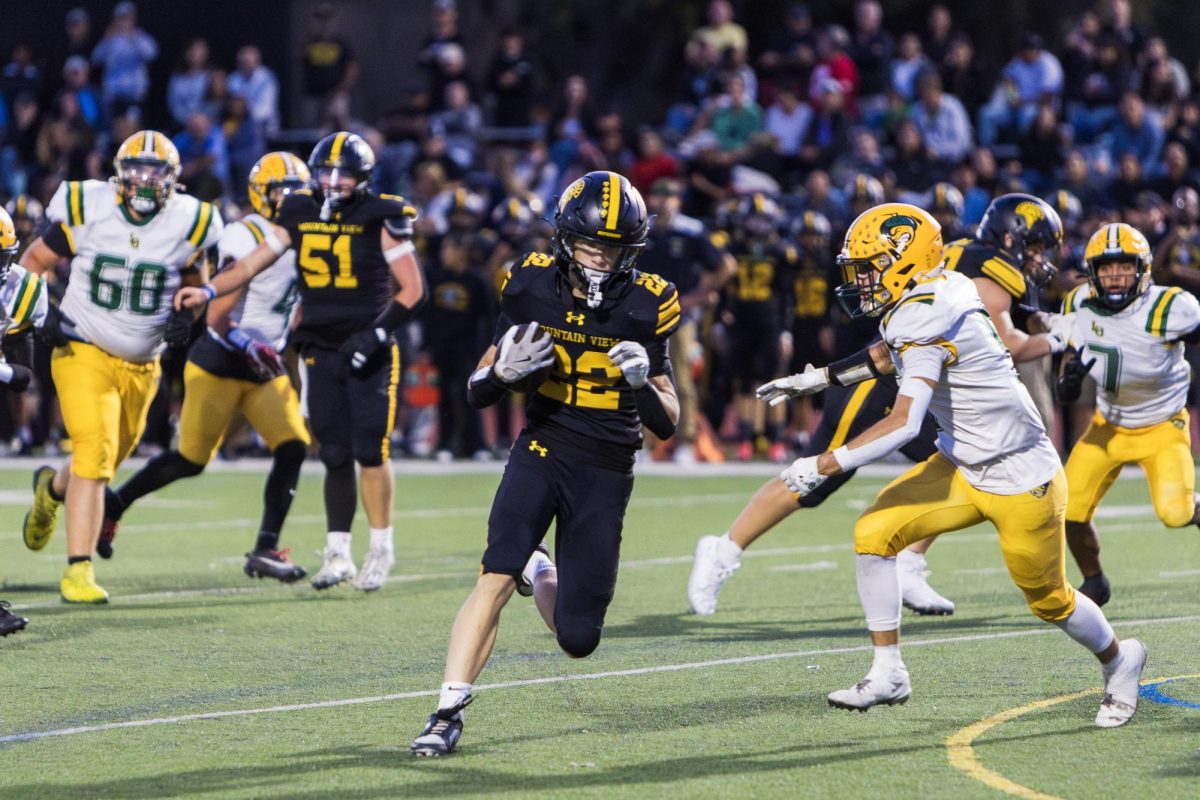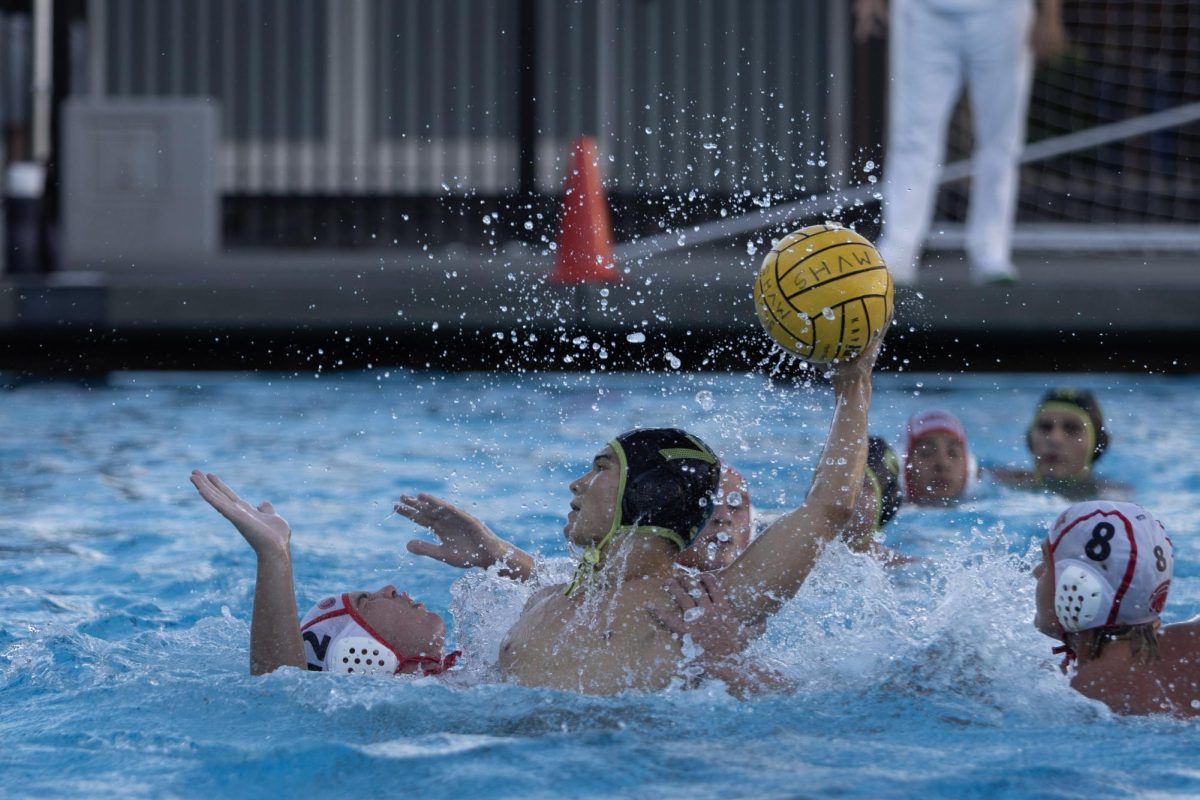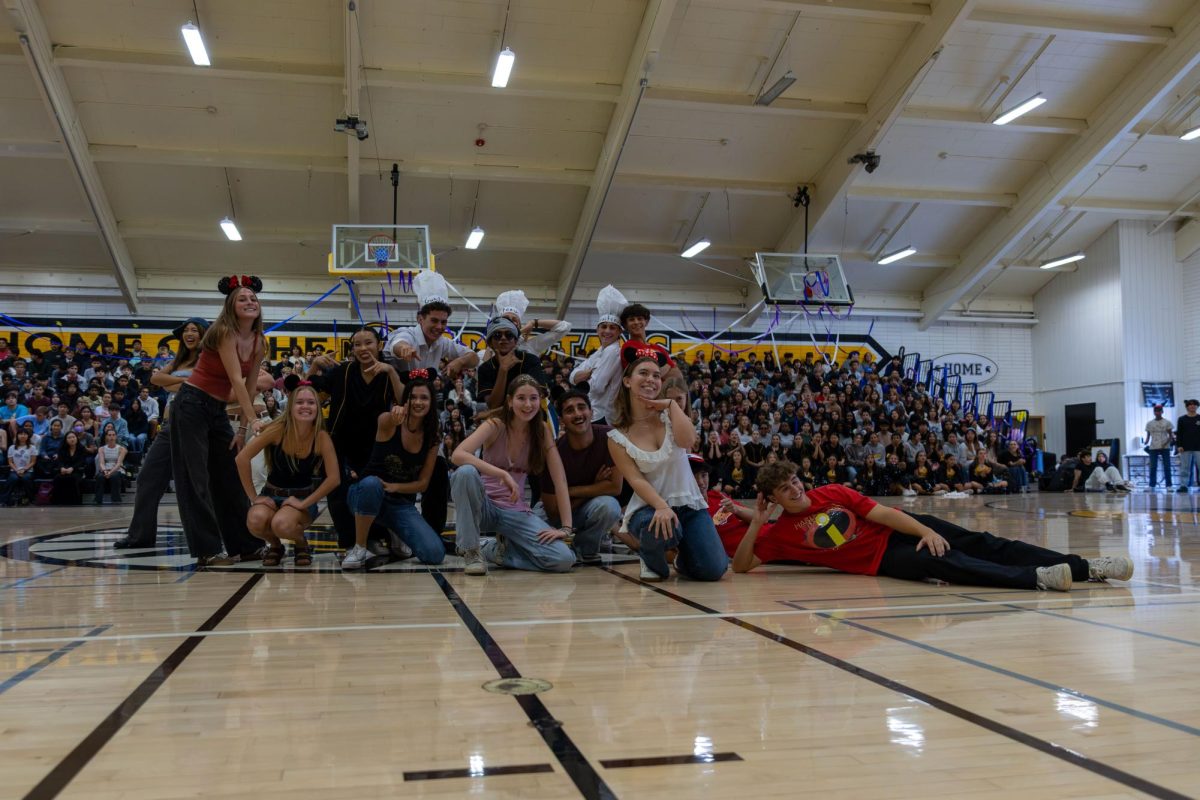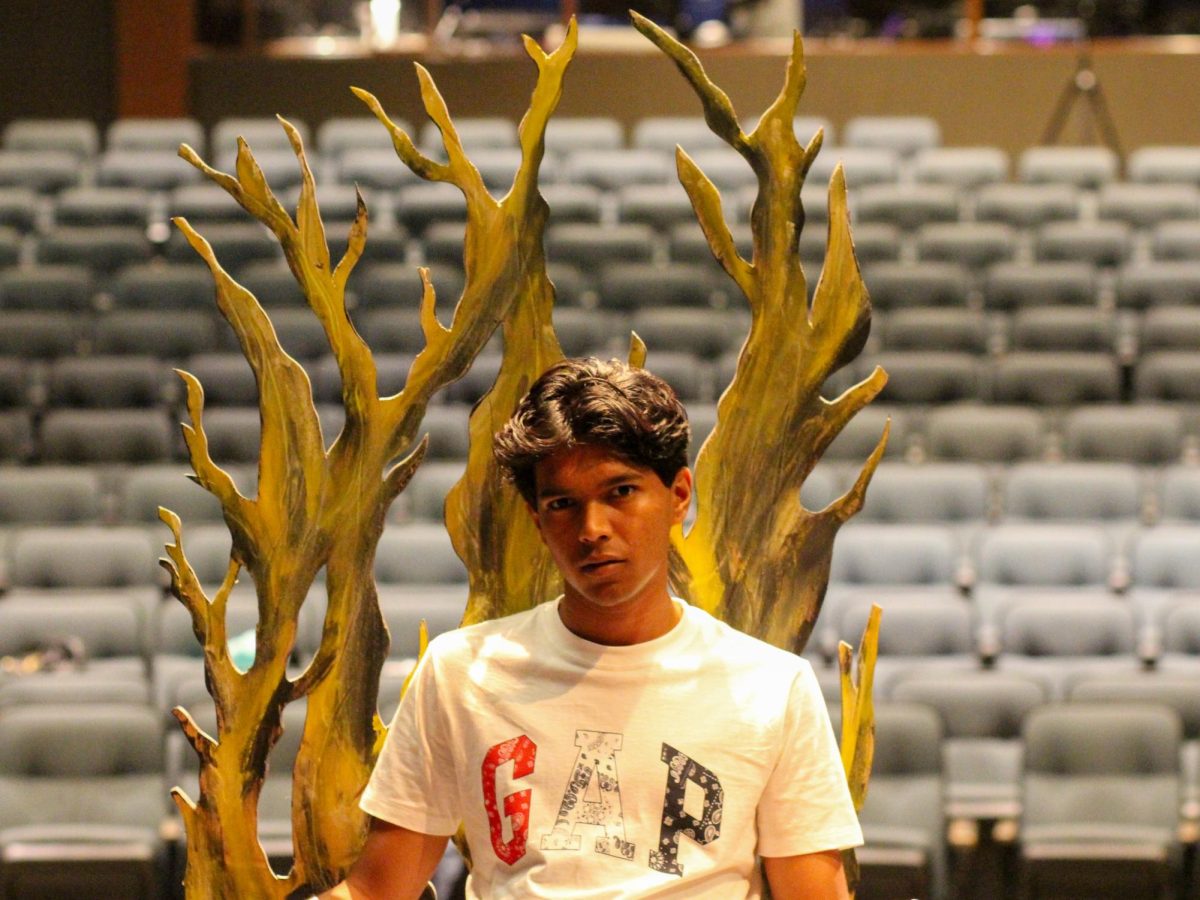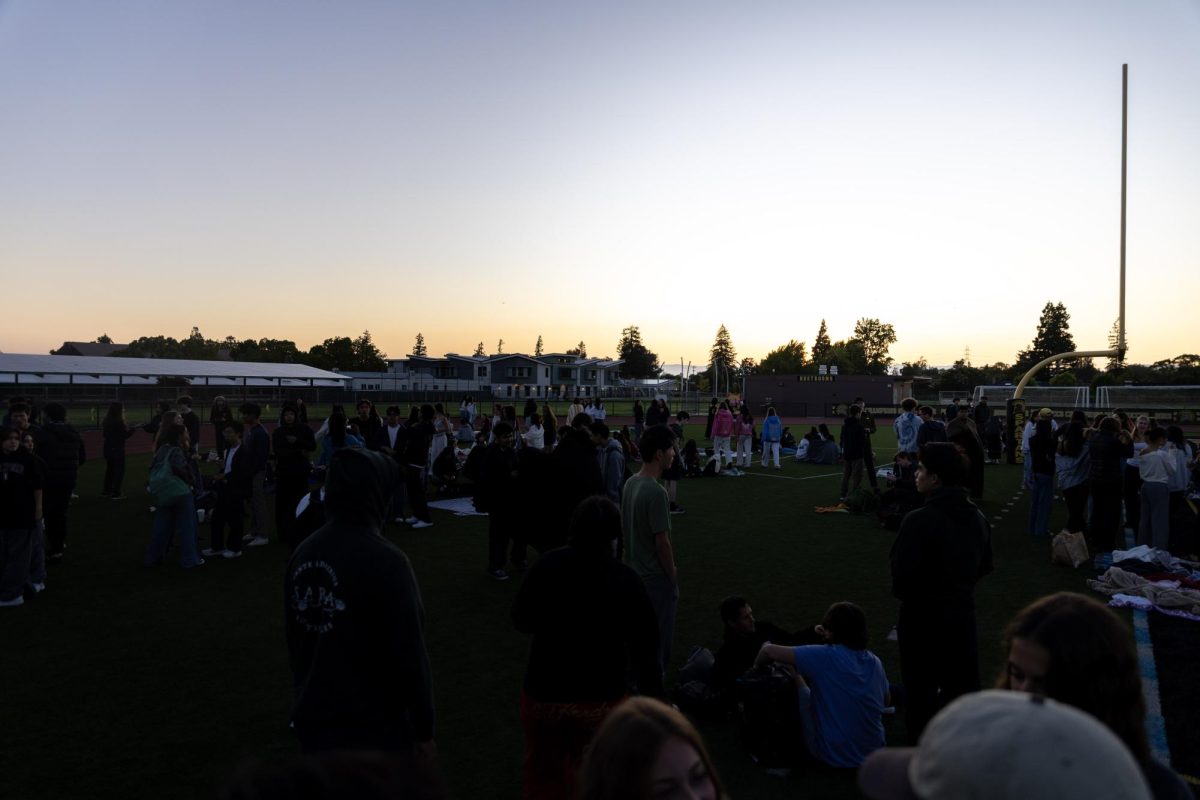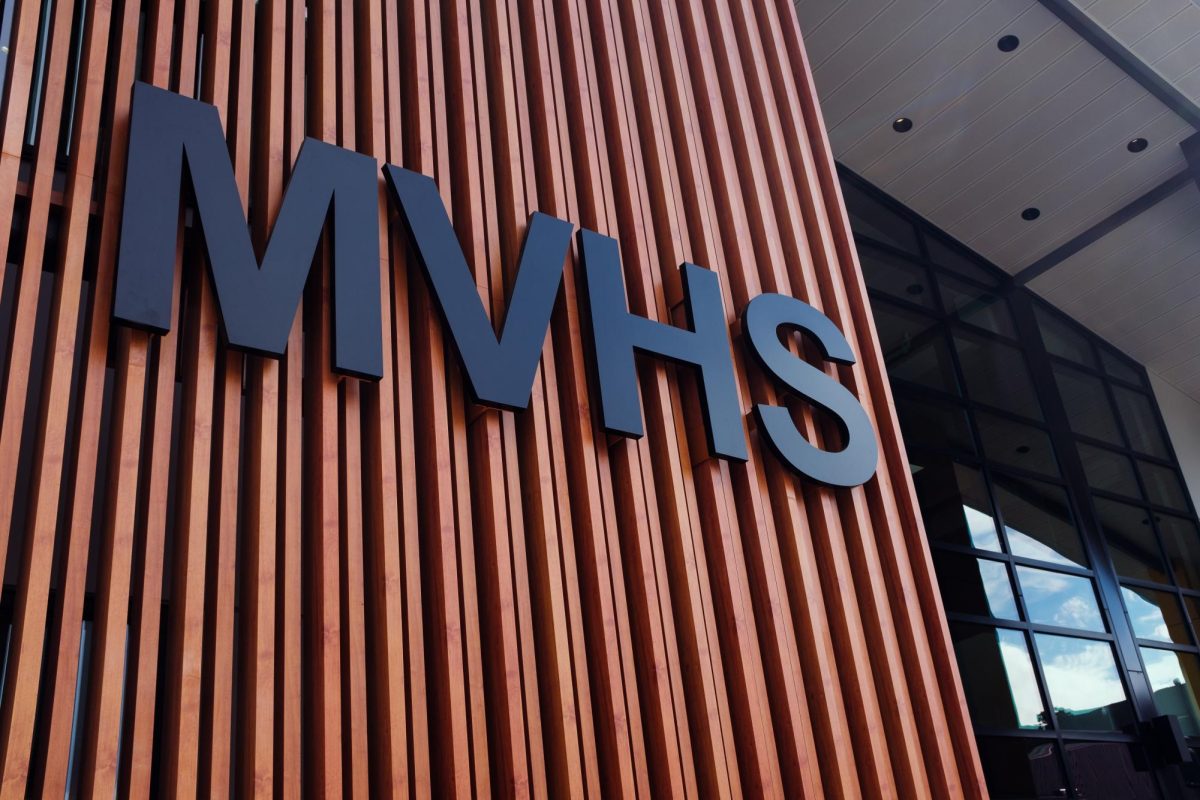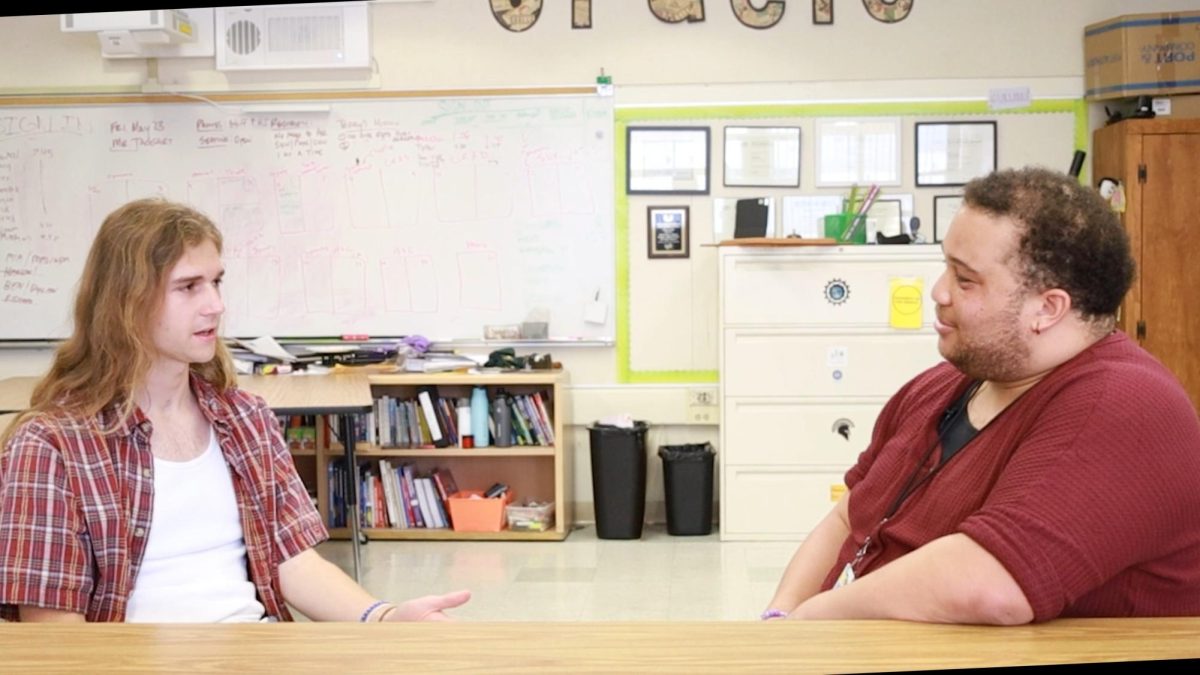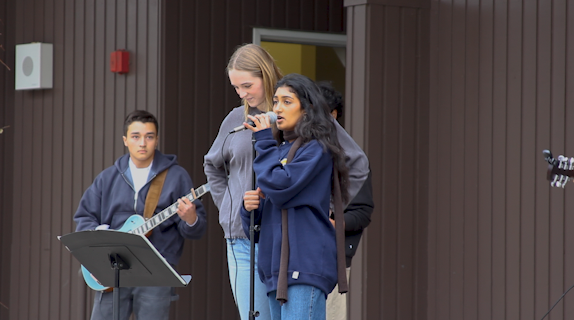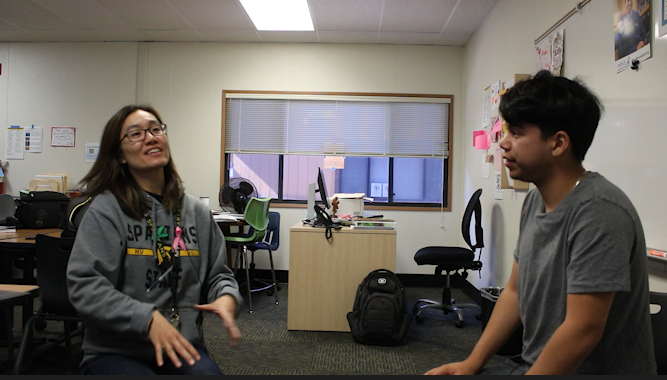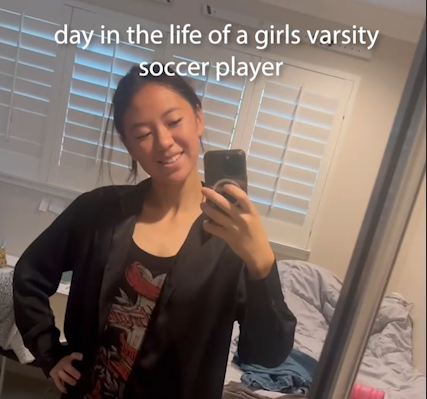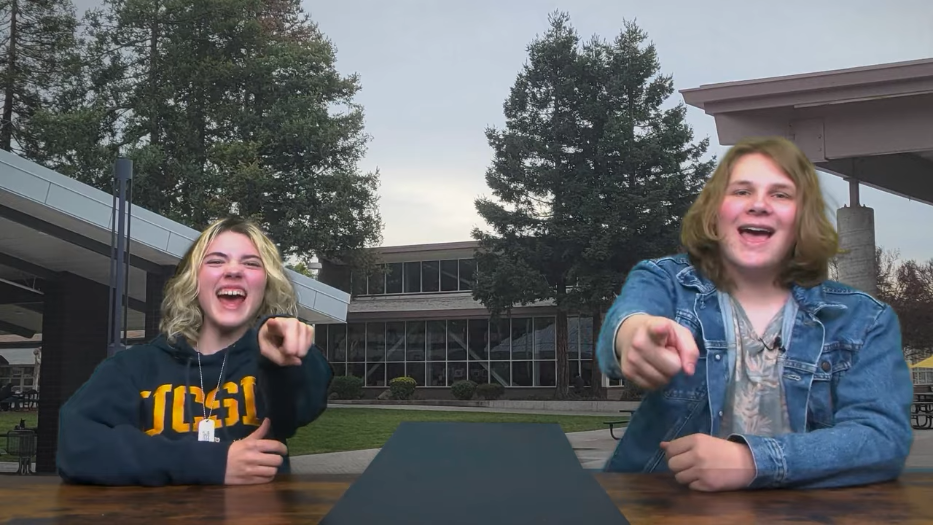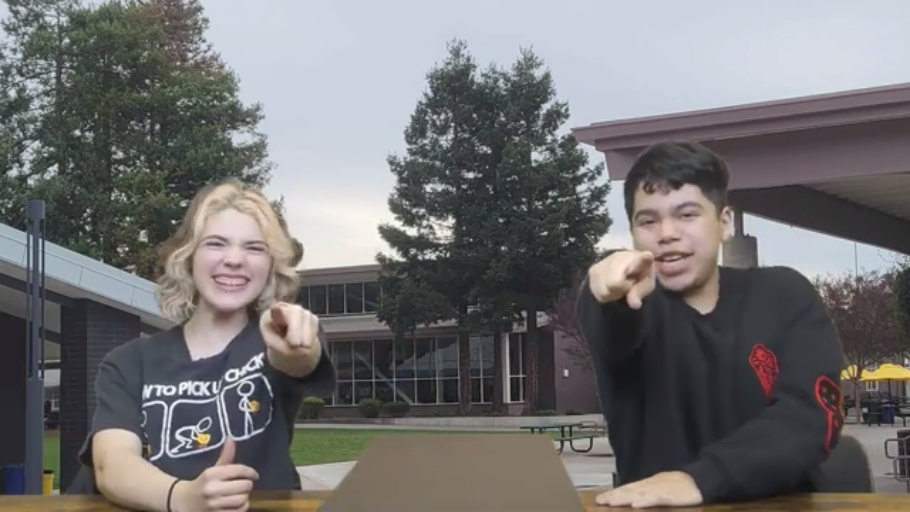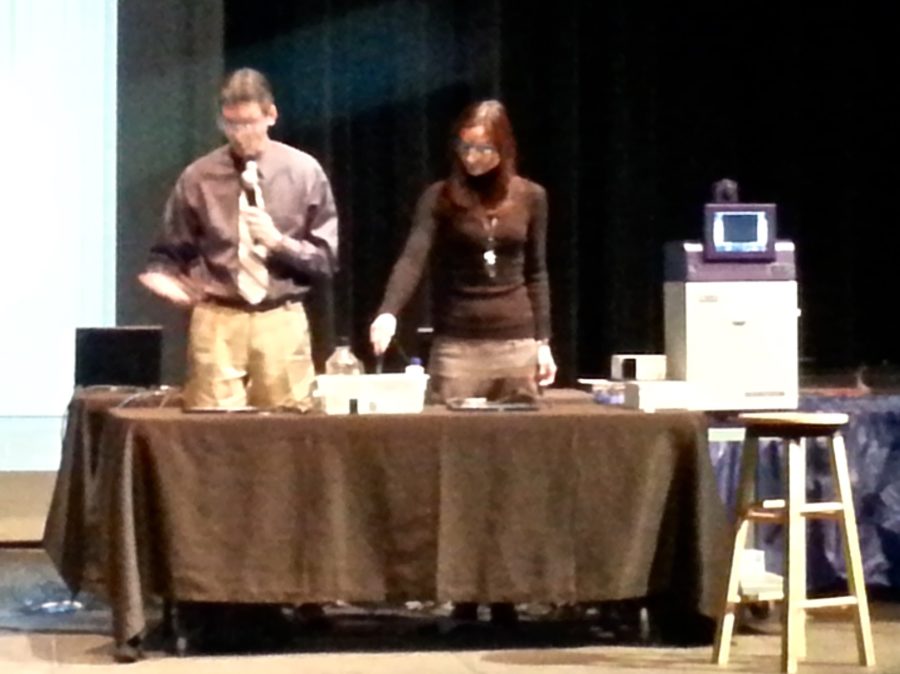NOTE: The original article did not include information about the student presenters.
On Wednesday night at the LAHS Eagle Theater, the MVLA High School Foundation put on the MVLA Science Showcase. The event demonstrated the innovative, hands-on ways MVHS and LAHS students are learning chemistry, biology, physics, environmental science, and even biotechnology. Teachers gave presentations and had live demonstrations showcasing advancements made possible by the new cutting-edge equipment.
The night started off with Superintendent Barry Groves talking about the nationwide low success in Science, Technology, Engineering, and Math (STEM), including many alarming statistics.
“Twenty percent of students who graduate from high school plan to take STEM classes. However…only 7% actually get degrees,” said Groves.
He also discussed how the situation of women in STEM does not seem to be improving, especially in computer science – only 17% of the students nationwide taking AP Computer Science are girls. This is why one of the MVLA six-year goals is to, “Enhance the opportunities as well as achievement of students in Science, Technology, Engineering and Math.” Dr. Groves explained that one reason for limited interest in STEM fields was dry science education. To increase interest, MVLA students are doing more labs; lab work is both interesting to students and improves creativity, collaboration, persistence, and academic knowledge. After his introduction, Dr. Groves gave the microphone to the science teachers to elaborate on the recent changes.
Katie Thornburg, Teri Faught, Anthony Gallego, and Steve Widmark represented MVHS. Katie Thornburg began by discussing her experience in the chemistry industry and how the movement of women in STEM has come a long way since then. She was the first female chemist in the company she worked at (which ended up creating the first birth control pill!). Afterwards, each teacher talked about the incorporation of some of the new technology into their classes and showed how it is used. Two cow hearts and a sheep brain, new microscope slides, blood pressure cuffs and stethoscopes, various probes, and digital microscopes were bought for the Biology department.
“Everything from the ‘oohs’ to the ‘cool man’, that’s the stuff that makes it stick…and that’s the stuff they show in their assessments and their understanding…the stuff that they remember 4 years later.” said Faught.
Some examples of new supplies bought for the Chemistry department are a melting point apparatus (to measure the purity of substances) and a polarimeter (for organic chemistry. The Physics department added data collection units to improve peer instruction and equipment to help their recreation of nobel prize experiments.
The general consensus was that the technology has improved the accuracy and diversity of labs in each department and caused better conversation, more understanding, and greater interest from students. The science department also got 32 tablets, Microsoft Surface Pros (beta versions) to show lab results in real time and directly export data.
At LAHS, somewhat similar cutting-edge technology and curriculum is being incorporated into the science department. In addition to getting new equipment, LAHS added a Biotechnology course, which brings students to the forefront of current research. It includes labs where students test for the presence of certain inserted genes in GMOs and analyze their DNA to check whether they are lactose intolerant. Students even perform experiments that contribute to national and international studies by sharing the data they get over the internet.
The transition to Common Core Standards, a single set of clear educational standards that states voluntarily adopt, supports this movement because it increases teachers’ freedom and places a larger emphasis on analysis, which is achieved through lab work. So far, the changes have caused fuller classes, more students doubling up in science, and many internships (due to increased lab experience) at LAHS. In the future, if there is enough student interest, the district may even add an individual research class.
Before the teacher presentations, a few LAHS and MVHS students presented their out-of-school projects at the MVLA Board dinner. These presentations demonstrate how MVLA STEM classes are helping students gain a deep understanding of science and the ability to apply it. MVHS senior Aditya Tammana explained the concept design and prototype of the full-screen Braille e-Reader he has been working on, with a refreshable electronic display for the blind. He has already patented the design for this device.
“It…is powered by thermoelectric energy, converting electric to heat energy to heat and cool gas, which expands and cools, raising and lowering a Braille dot.” said Tammana.
Tara Chari, also a senior, presented the research she is doing at UCSF studying a group of proteins called claudins and their relation to type 2 diabetes.
“I have been able to support the idea that claudins are related to insulin production and am looking into exactly how claudins work in the beta cells. Hopefully this could lead to a treatment, by increasing insulin production per beta cell.” said Chari.
Sophomore Yasha Ektefaie built and tested a device that knows when an electronic appliance is turned off, and stops the flow of electricity to save power. It stops phantom loads, or the electric power used by an appliance that is turned off. He submitted this project to last year’s Synopsys Science fair, earning a second place award in the Engineering category for his work.

